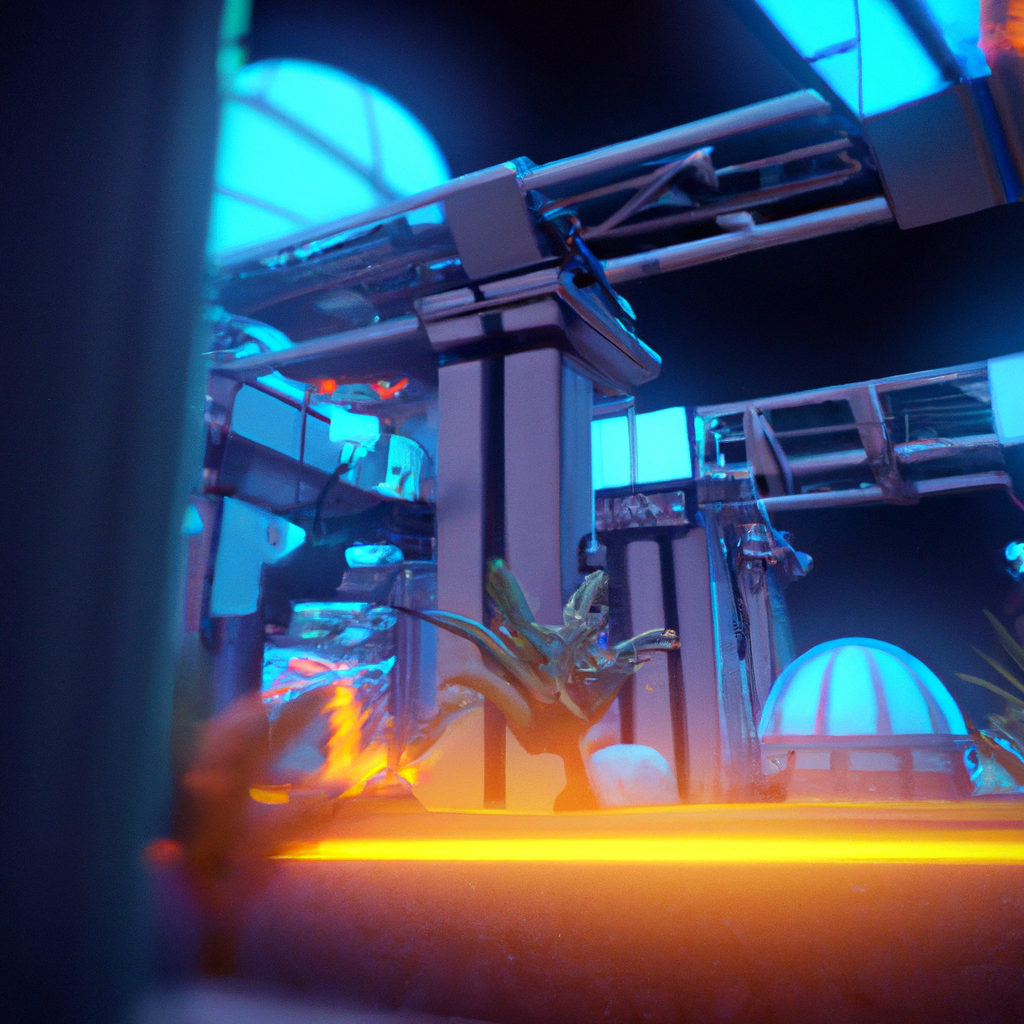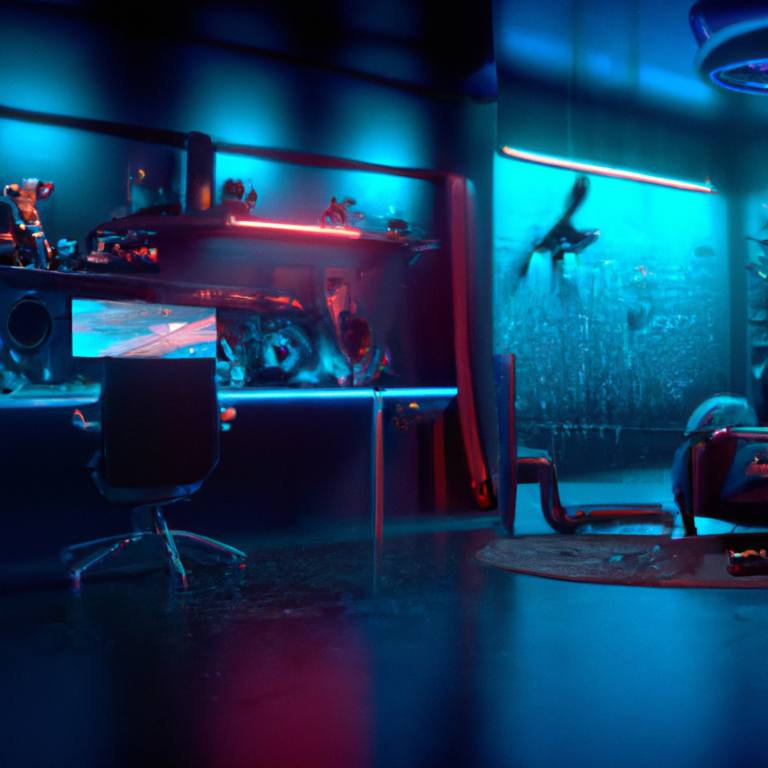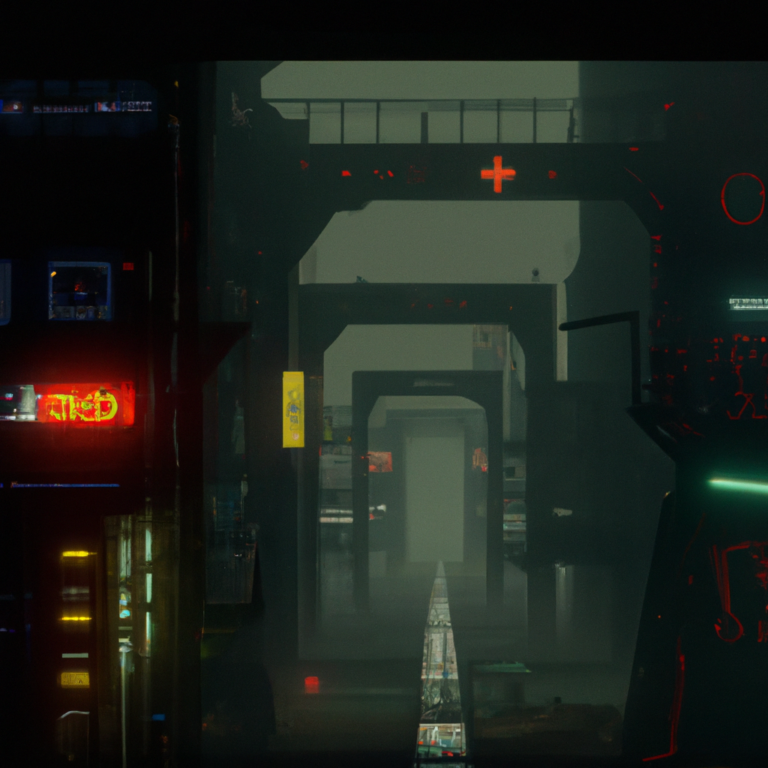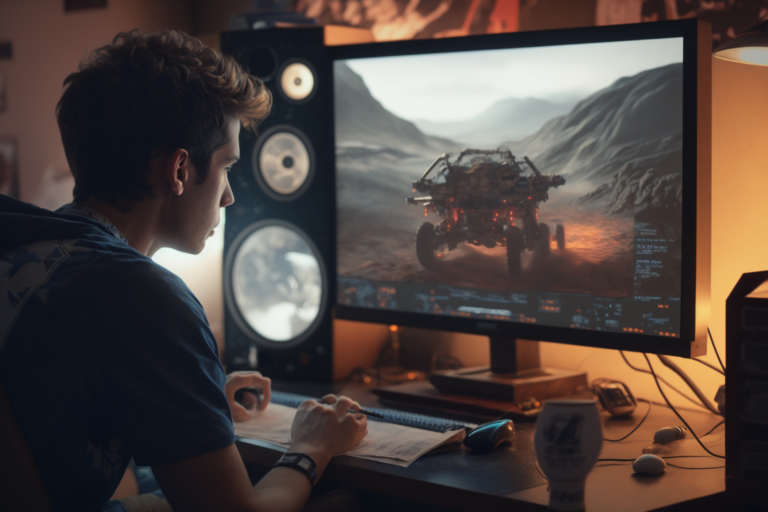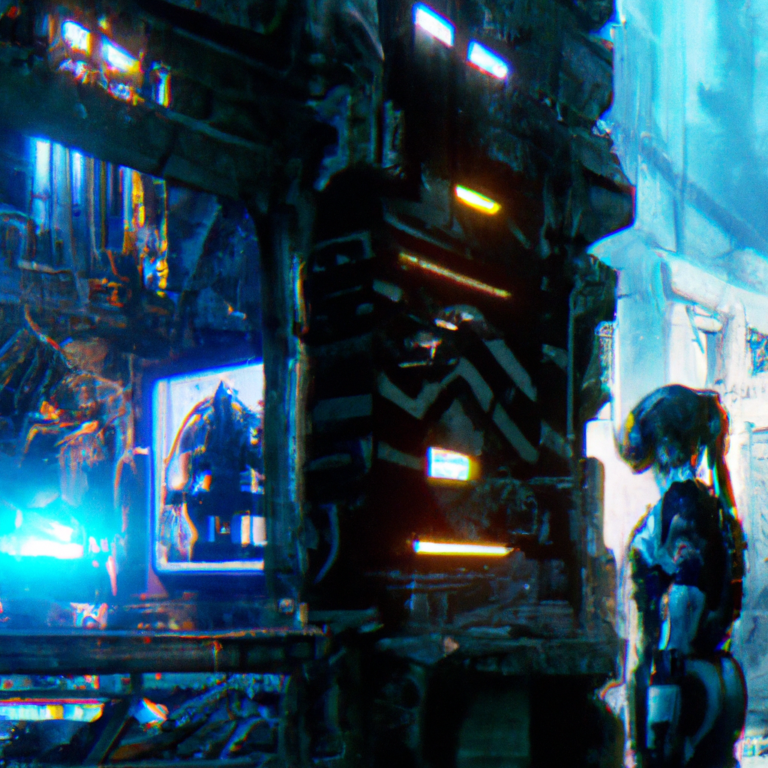“Mastering the Art of Implementing Physics in Game Development”
Implementing Physics in Game Development: A Comprehensive Guide
From realistic explosions in a war game to dainty butterflies fluttering around in a garden simulator, physics plays an incredibly significant role in game development. It brings the virtual world to life and adds a depth of realism that can truly immerse players in the game. This blog post will guide you through the fundamental steps of implementing physics in game development.
Understanding Basic Physics
Before you embark on implementing physics in your game, understanding basic physics principles is crucial. These principles often involve concepts like gravity, force, velocity, and collision. It’s beneficial to familiarize yourself with concepts such as Newton’s Laws of Motion, the law of gravity, and principles of light and sound since these form the basis of most physical interactions in games.
Choose the Right Game Engine
Your choice of game engine significantly influences how you implement physics in your game. Unity and Unreal Engine are two popular engines that come with robust, built-in physics engines. Other engines like Godot also offer comprehensive physics tools.
Unity uses the PhysX engine, which provides features like collision detection, soft and rigid body dynamics. Unreal Engine, on the other hand, uses the Chaos physics system, known for its destruction capabilities.
Implementing Physics
1. Collision Detection: This is the first step in implementing game physics. Collision detection allows game objects to interact with each other once they come into contact. For instance, when a player’s avatar hits a wall, it should stop moving forward. This can be achieved using bounding boxes or spheres that encapsulate game objects. When these bounding shapes overlap, a collision is detected.
2. Physics Simulation: After detecting a collision, the next step is to simulate a realistic response. This can involve bouncing, breaking, or sliding, depending on the game’s requirements. Physics simulation often requires you to understand and calculate forces, accelerations, and velocities.
3. Lighting and Sound: Physics isn’t just about tangible objects. Light and sound also behave according to physical laws, and implementing these can add a layer of realism to your game. Ray tracing, a technology that simulates light paths to create realistic lighting and reflections, is now becoming more common in games. Similarly, using 3D spatial sound can make the game environment more immersive.
4. Particle Systems: Whether it’s an explosion, smoke, or magic effects, particle systems are a significant aspect of game physics. Particle systems involve creating and controlling a large number of small particles to simulate fuzzy or chaotic phenomena.
5. Physics-Based Animation: Instead of manually creating every frame of an animation, physics-based animation involves defining the physical properties of objects and letting the physics engine handle motion. This can help in creating more dynamic and realistic animations.
Testing and Tweaking
Once you’ve implemented the basics, it’s all about testing, tweaking, and refining. Physics in games is often a balance between realism and playability. If the physics is too realistic, it could make the game too complicated or frustrating for players. On the other hand, if the physics is too simplistic, it can break the immersive experience.
Remember, implementing physics in game development is not just about simulating reality. It’s about enhancing gameplay and making the game world more engaging and immersive. With the right understanding of physics principles and mastery of your chosen game engine’s physics tools, you can create a truly captivating and realistic game world.

